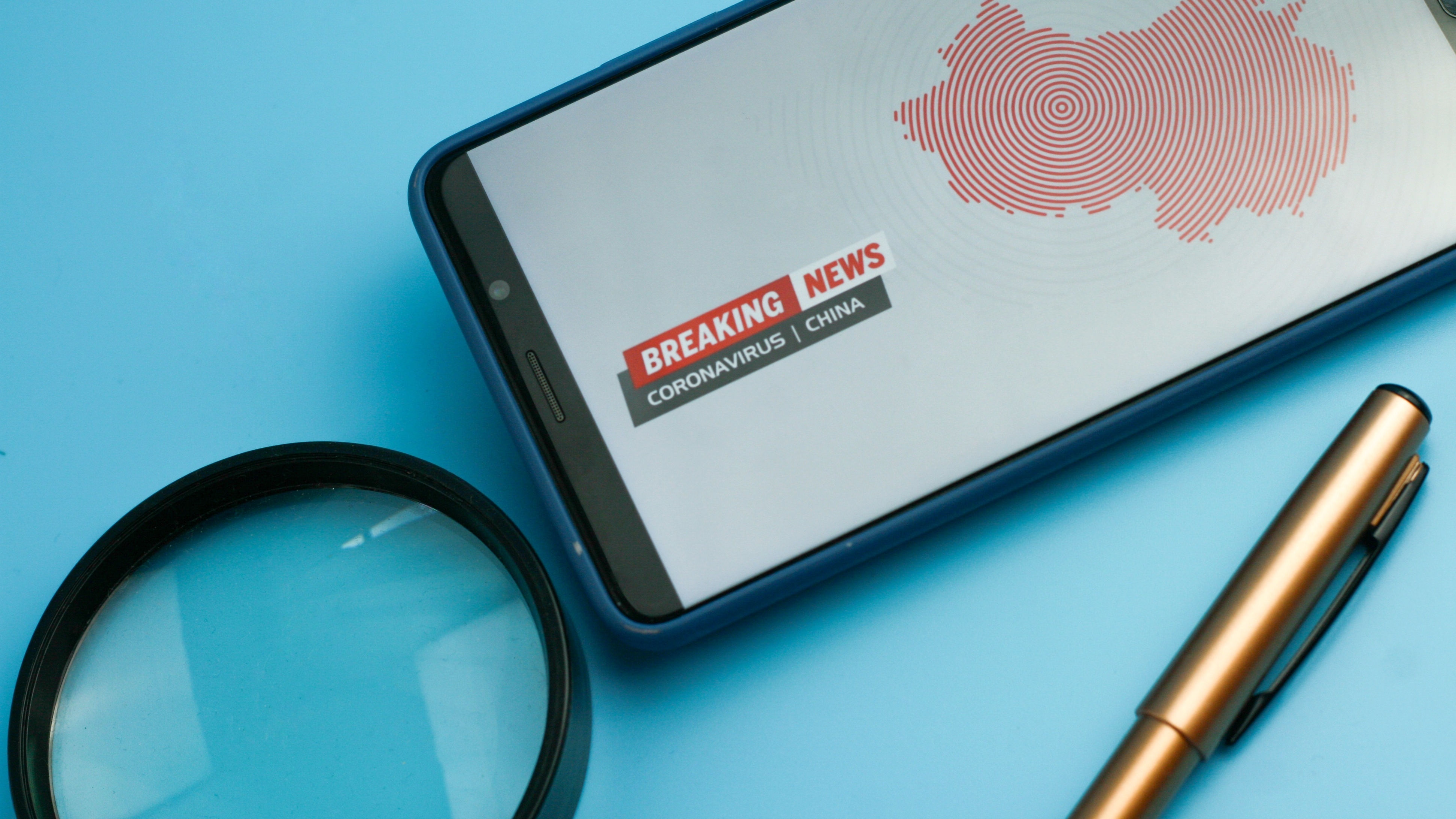In the Wake of Hurricane Katrina: Lessons Learned through the Lens of Supply Chain Disruptions – Part 1
As we read daily about the death toll and destruction in New Orleans and Biloxi, the same questions echo through everyone’s mind: How did we let this happen? Why wasn’t the city prepared? Why did it take four days for the National Guard to appear on the scene?
The events that occurred can be viewed from many different perspectives, but as supply chain professionals, it is useful to view this through the lens of current research on supply chain disruptions. A recent research study we completed (see link) frames the discussion on supply chain disruptions around three elements shown in Figure 2. The three critical components to a risk management program include: (1) the ability to discover that a disruption has occurred, (2) the ability to effectively recover from the disruption and (3) supply chain design strategies for resilience. Figure 3 illustrates the impact of disruption to a firm over time. From the moment a major supply chain disruption occurs, a series of events is triggered that as a whole defines the relative maturity of a company’s supply chain risk management system.
It is useful to consider the events following Katrina’s landfall within the context of these elements.


Disruption Discovery
As shown in Figures 2 and 3, a disruption occurs, the speed at which the problem is discovered becomes critical. Management of this element requires that executives understand the types of disruptions present in global supply chain systems and develop methods for discovering disruptions in a timely responsive fashion. This element also requires developing an understanding risk exposure and detecting when risk events are about to occur, or have occurred.
The national weather service was certainly aware of Katrina, and broadcast this to all of the parties involved. However, a major problem was that people in New Orleans and Biloxi were not made aware of the potential impact of the storm. Prior to landfall, many people stayed behind because they were not mandated to stay. The city’s evacuation plan – initially praised for evacuating 80% of the metropolitan’s area’s 1.4 million residents – failed to empty many of its most vulnerable residents without cars and elderly in low-lying neighborhoods. On the other hand, consider the case of Hurricane Hugo, when the National Guard went door to door and forced people to evacuate. There was simply no option at that point. Further, the hospitals had not developed a plan to evacuate the sick and elderly, and they were made to stay behind. Few if any provisions had been made ahead of the storm to position heavy equipment and critical materials for engineers to use in repairs if levees breached, some officials say (Wall Street Journal, September 1, 2005).
Disruption Recovery
Executives put in “stop gap” measures to quickly recover from the disruption, and prevent it from impacting their operations, or worse yet, their major customers. This element of management involves developing methods for supply chain disruption recovery both in proactive (anticipatory) and reactive modes.
Here again – the plans were lacking. Walter Baumy, chief of the engineering division for the Army Corps of Engineers said that “There was a plan in place for handling a breach but the city has never seen an event like this.” (Wall Street Journal, Sept. 1, 2005).
FEMA’s response to the storm was slow. As people watched with horror the events in the Superdome, and as a large percentage of police officers for the city of New Orleans walked off the job, the response of the National Guard was too little too late. As shown in the figure, quick response to a disruption can often curb the major costs associated with the problems, and a response plan which is quick can ensure this. However, there needs to have been some “war gaming” discussions prior to the impact – it is now clear that these elements were not in place.
Even more alarming was the fact that FEMA and the Army Corps of Engineers had failed to prepare the levees for a “worst case” scenario. The Corps has known for years that this was a high probability event. A publicly funded study in 2002 concluded that a slow-moving Category 3 hurricane would flood the “bowl of the New Oleans north of the Mississippi River, locally known as the East Bank.” Katrina was a category 4. An article in Civil Engineering magazine indicated that the region was ill-prepared and that the original levee system was based on “rudimentary storm modeling that, it is now realized, might underestimate the threat of a potential hurricane.” Local leaders and US Army Corps of Engineers disagreed over which agency had responsibility for managing or repairing the levees, and were sniping at each other as water continued to pour over at least two breaches in the city’s defenses. Further, many of the major refineries, and systems of pipelines beneath the gulf had not been prepared for a storm of this magnitude, although the probability of it occurring was certainly clear.
Supply Chain Redesign
Executives, once they recover from the disruption, learn from the event and take steps to redesign their supply chains to minimize the probability that the problem will occur again, or better yet, eliminate the possibility of it ever occurring again. This involves the development of tools for dynamic management of supply chain systems and redesigning/re-optimization of the supply chain. In systems such as supply chains, optimization cannot be a single static model. Rather, tools which adjust with the dynamic nature of supply chain events are needed. These tools should have global enterprise scope for enterprise redesign considerations, and need to provide solutions in real-time or near-real time. (It should be noted that that for the most part, current network optimization models in use are optimized for a “snapshot” in time and provide the optimal solution for the current operating and economic environment. What is needed is a set of tools that can track changes in the supply chain and work under a variety of operating and economic environments.)
The wake of the storm will call for a complete redesign of the supply channels through the gulf. The storm has the potential to do some real damage to the flow of point through the ports and refinery system and to the flow of goods up the Mississippi. The vulnerability of the nation’s economy to Louisiana and Mississippi is not apparent, as the Gulf accounts for 30% of the nation’s oil production and 20% of natural gas production.
Though the Bush Administration has called the economic impact of Katrina “temporary,” the need to restore vital infrastructure will carry a heavy price tag. Many of the Gulf ports have done initial assessments of their facilities and found they could be returned to operation fairly quickly. Most damage at the Port of New Orleans appears to be to buildings. Container cranes had been secured and initially appear to be operational. Following safety inspection, they are expected to be returned to operation.
But two immediate problems face the ports. One is debris and silt in channels and harbors. The other is locating port workers who may have been evacuated or faced significant personal losses due to the hurricane. Some clean-up and dredging will be needed to restore the ports, but the bigger problem is expected to be along the river system, which could require more substantial clean up and dredging. Mode shifts from river barge to rail and truck are expected to add cost for shippers. Rail lines are also being taxed by increased volumes and reroutings away from the affected area. Delays are inevitable, but railroads are providing no initial estimates of the impact.
Many of the crops that would normally be exported through ports like New Orleans had not been harvested at the time of the hurricane, so some of that traffic is expected to continue to flow through the ports as the recovery efforts proceed.
As far as the City of New Orleans, everyone now agrees that the city will never be the same. There is some discussion of urban renewal, as over $200B in aid is targeted at the region, and that a new phoenix will emerge from the ashes. This is of little comfort to the thousands of displaced citizens, who must re-build their shaken lives.
Are we ready for the next major disaster? Consider Memphis, which is on a bedrock of shale that could collapse in an earthquake, Miami and its exposure to more hurricanes, Los Angeles and the San Andreas fault, and numerous other cities. City planners and FEMA are not the only ones that must engage in these discussions. A complete evaluation of your organization’s exposure to these possibilities and your suppliers’ risk should be on the agenda at your next organizational board meeting. Engaging in these discussions could lead to some planning around the framework we propose here.
- Categories:


